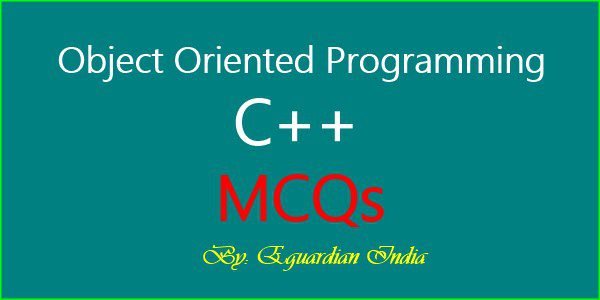Linux OS MCQ – Linux Operating System Questions with Answers
Welcome to the ultimate guide for mastering Linux Operating System! Whether you’re a seasoned IT professional or a curious beginner, this comprehensive collection of Linux OS MCQ is designed to test your knowledge and enhance your understanding.
From the basic concepts to advanced topics, we’ve got you covered with a wide range of questions that will challenge your expertise in this versatile operating system. But this guide is not just about testing your knowledge – it’s also about providing you with detailed answers and explanations, ensuring that you not only learn the correct answers but also understand the reasoning behind them.
So, whether you’re preparing for a job interview, a certification exam, or simply want to expand your Linux knowledge, dive into this MCQ guide, and let’s embark on a journey of Linux mastery together!
72 Important Linux Operating System – Linux OS MCQ
1. A ___ is the central component of an operating system.
Ans. Kernel
2. Linux distributions are Unix-like operating systems usually built on top of Linux kernel. (True/False)
Ans. True
3. ___ is sponsored by Red Hat.
a) Fedora Linux
b) SuSE Linux
c) Lycoris Linux
d) Xandros Linux
Ans. Fedora Linux
4. ___ is the lowest layer of the computer’s software.
Ans. Operating system
5. Device drivers usually interpret the commands, which are then passed on to the operating system for execution. (True/False)
Ans. False. Shells usually interpret the commands, which are then passed on to the operating system for execution.
6. A ___ is a special program that can control a specific type of hardware.
a) Shell
b) Device driver
c) Complier
d) Database
Ans. b) Device driver
7. The shell has the capability to redirect the input and output and run operation in the background. (True/False)
Ans. True
8. ___ is mainly used as a scripting language rather than an interactive shell.
Ans. B shell
9. ___ is the default shell of FreeBSD.
a) Korn shell
b) Z shell
c) TCSH shell
d) Bourne Again shell
Ans. c) TCSH shell
10. A ___ is a process that starts another process.
Ans. Parent process
11. The ps command produces a report of the processes that run on a Linux system. (True/False)
Ans. True
12. ‘U’ is the command-line argument that displays the user name and process start time. (True/False)
Ans. False. ‘u’ is the command-line argument that displays the user name and process start time.
13. The Linux file structure begins with the ___.
Ans. Root directory ‘/’
14. In Linux, the directory structure follows the Filesystem Hierarchy Structure (FHS). (True/False)
Ans. True
15. ___ directory has system configuration files, network configuration files, application configuration files and other installed software.
a) /var
b) /mnt
c) /opt
d) /etc
Ans. /etc
16. In Linux, a running program is referred to as a ___.
Ans. Process
17. The ‘ps’ command is useful to know the directory you are working in. (True/False)
Ans. False. The ‘Is’ command is useful to know the directory you are working in.
18. ___ is used to pass the output of one command through the input of the subsequent command.
Ans. Pipe
19. The shell is considered as a program that serves as a ___ between the user and the operating system.
Ans. Buffer
20. Name two types of commands present in the bash shell.
Ans. Internal and external commands
21. A run-level is a state of ___ and the ___ that specifies what system services are running.
Ans. init, Whole system
22. The ___ IDs are used to identify users in Linux.
Ans. 6
23. Name the init level which represents the shutdown and reboot of the system.
a) 0 b) 3
c) 6 d) 2
Ans. Numeric User
24. The kernel with any odd number is a stable kernel. (True/False)
Ans. False. The kernel with any odd number is a development kernel.
25. Linux kernel is modular in nature and is not a large massive entity. (True/False)
Ans. True
26. The patch files are used to apply a series of edits to a set of ___ files.
Ans. Source
27. If a generic kernel is to be downloaded, you can download the source package from the ___.
Ans. http://www.kernel.org/
28. The ___ of GNOME’s user admin tool helps to define the user account settings.
a) Advanced panel
b) User privileges
c) Account properties
d) New user accounts
Ans. Advanced panel
29. The user management tools like GNOME’s users-admin or KDE’s KUser uses some default files called ___ files.
Ans. Configuration
30. The users can use the ___ command to change their passwords by modifying password files.
Ans. Passwd




